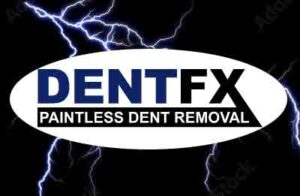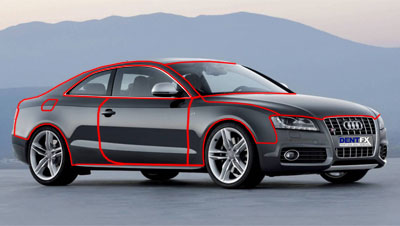Whether you’re buying a new or used car, there’s one big way to save money on it. It’s to maximize the value of your old car. This can help you sell it at a higher price or trade it in for more money off your new vehicle. How can you improve the resale value of your vehicle – and are there ways to make sure your car’s resale value stays high even as you’re driving it?
1. Limiting mileage
Mileage is the largest factor in resale price that you can control. Of course, you bought your car to use it, so this is harder to limit. It might influence whether you take the car on a trip or not, but the most important concern is timing:
Be conscious of mileage in terms of when you trade the car in. A car traded in at 99,000 miles will get you better value than one traded in at 100,000, for instance. This isn’t an arbitrary decision made by dealerships either – they re-sell your car to other buyers, and those buyers are much more likely to buy a car under 100,000 miles than over. That’s a psychological decision more than a logical one, but it impacts the price point where a dealership can re-sell your car.
Generally, every 10,000 miles reduces the desirability of your car to future buyers, but the big sticking areas are 30,000 miles, 70,000 miles, and 100,000 miles.
2. Maintenance is key
Following a maintenance schedule is a must. Any damage should be repaired immediately. Keep records of all service and repairs.
You can have a car that looks perfect from the outside, yet needs massive repairs internally, and it may not get the resale or trade-in value that the same make and model in good condition will get with twice the mileage. Similarly, a car that runs beautifully but that has cosmetic damage will get the resale value or your vehicle knocked down.
Remember that every system in a vehicle ties into and affects the next. Leaving an issue unaddressed will very often lead to more extensive damage. Mechanics should be upfront about costs and how these may measure up against trade-in value. Sometimes it’s less expensive to get something fixed yourself and then trade it in.
3. Keep documentation.
This is worth expanding on. Documenting the service and repair history evidences how well you’ve taken care of your vehicle. If you’ve taken good care of it, that investment is worth showing off and can add significantly to your car’s resale value.
Place yourself in the shoes of a dealership again. The used cars they sell will either have a well-documented history or they’ll have gaps in their history. Buyers will feel reassured by evidenced history. They know exactly how well the vehicle’s been cared for. Dealerships are very comfortable selling these cars.
Trade-ins on vehicles with incomplete histories will often be near the very low end of value – dealerships often won’t even be able to sell these cars and may simply push them straight through to auction. That gives them very little return on value, which means they can offer you very little value for the car as a trade-in.
Keeping a folder with your receipts and evidence for all servicing and repairs immediately strengthens the value of your trade-in because a dealership has much more assurance that they’ll be able to sell your car.
4. Wash and clean your car.
Dirt and grit can end up getting ground into surfaces. A good wash helps eliminate this risk, while waxing protects the surface of your car.
Beyond this, cleaning the interior regularly improves the presentation of your car. There are many things that will linger in a car – dog fur, spills, uncleaned food or trash, and especially smoke. Keep things tidy and do a deep clean every now and again and you’ll be able to trade in or resell the car at a higher value because it will still look and feel new.
5. Shelter your car.
Falling branches, bird droppings, hail, pollen, sap, wayward baseballs, opportunistic thieves: all of these can damage your car when it’s parked outside. Even the sun and rain will wear the surface and make the vehicle look older over time.
If you can, shelter the car or leave it in a protected space. This helps your car retain more of that “new” look and looks contribute to the resale value of your vehicle.
6. Time your resale.
Keep an eye out for special trade-in offers, especially around holidays such as Veterans Day, Thanksgiving, and Christmas. Often, these holidays will bring around increased trade-in values as dealerships are trying to move their own cars.
Aside from these holidays, try to bring your vehicle in later in the month. Dealerships are often chasing sales targets to meet quotas, outdo competitors, or set records. This can influence them to give you a little bit more in trade-in value to get the deal closed.
Call DentFX if dents and dings are impacting your car’s resale value. We can help!


